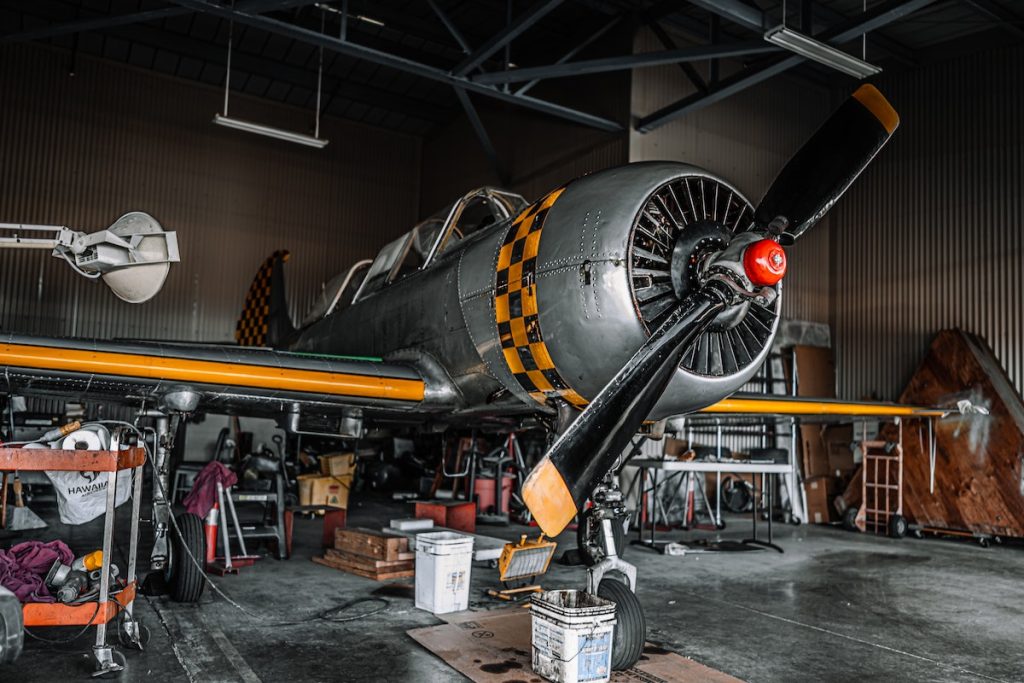Aircraft maintenance is an essential part of keeping planes safe and operational. Over the years, there have been many different technologies developed to help with aircraft maintenance. Here are some of the top technologies that have made a difference in the arena.
Drones and robots
Drones and robots are increasingly used for aircraft maintenance. This technology can be used to inspect the exterior of an aircraft, identify potential problems, and even make repairs.
By using drones and robots, airlines can reduce the need for manual inspection and repair, saving time and money. In addition, this technology can help to improve safety by reducing the risk of human error. With drones and robots working around the clock, airlines can be sure that their aircraft are in good condition and ready for take-off.
Additionally, these can be used to monitor aircraft in real-time, allowing for a quicker response to any immediate needs. In the future, drones and robots will likely play an even larger role in aircraft maintenance, as they become more advanced and widespread. As such, engineers must be properly trained in their use.
Hydraulic power units
In the early days of aircraft maintenance, technicians had to manually crank pumps to move hydraulic fluid around the system. This was a time-consuming and often difficult process, particularly if there was a lot of pressure build-up in the system.
Hydraulic power units changed all that by providing a way to automatically pump hydraulic fluid under high pressure. This made it much easier and faster to maintain aircraft, and it also helped to improve safety by reducing the likelihood of accidental fluid release.
To properly utilize hydraulic power units, it is essential to understand how they work and what their capabilities are. Hydraulic power units typically have a high flow rate and can generate a great deal of force.
This makes them ideal for tasks such as operating hydraulic jacks or lifting heavy objects. However, you should use the correct size unit for the job at hand, as using too much force can damage equipment or injure people.
Condition-based monitoring
Condition-based monitoring (CBM) is a technology that has been used in various industries for years, but it has only recently been adopted by the aviation industry.
This uses sensors to gather data about the condition of an aircraft and its components. This data is then analyzed to detect any trends or issues that could lead to problems.
As a result, CBM can help to improve aircraft maintenance by allowing technicians to identify potential problems before they occur. In addition, this can also help to reduce the number of false alarms and unneeded maintenance checks.
CBM data can also be used to generate health reports that highlight potential issues. These reports can then be used to develop maintenance plans that address the most pressing problems first.
In some cases, CBM data may also be used to trigger automated maintenance activities, such as ordering replacement parts or scheduling repairs.

Engine health monitoring
Aircraft maintenance is a vital part of ensuring the safety and efficiency of air travel. In the past, this maintenance was carried out manually, which was often time-consuming and error-prone. Thanks to advances in technology, aircraft maintenance can now be carried out more efficiently using engine health monitoring systems (EHM).
These systems continuously monitor the performance of an aircraft’s engines and identify any potential issues. This allows problems to be detected and fixed before they cause significant damage or disruption. Plus, this can save a lot of time and money by avoiding the need for major repairs or replacements.
In addition, engine health monitoring can help to improve fuel efficiency and reduce emissions. By keeping engines in good condition, we can help to protect the environment and reduce our reliance on fossil fuels.
Data analysis
Data analysis is a technology that has improved aircraft maintenance in several ways. First, it has helped to improve the accuracy of maintenance logs.
In the past, aircraft maintenance technicians would often rely on paper records to track when various components were last serviced. However, these records were often unreliable, and it was not uncommon for critical items to be missed.
Data analysis has helped to solve this problem by providing a more accurate and complete picture of an aircraft’s maintenance history. This, in turn, has helped to reduce the number of unplanned maintenance events.
Second, data analysis has also helped to improve the efficiency of aircraft maintenance operations. In many cases, data analysis can be used to automate routine tasks such as scheduling and parts ordering. This automation can free up technicians’ time so that they can focus on more complex tasks.
Finally, data analysis can also help to improve safety by providing better insight into potential hazards. For example, by tracking flight data, analysts can identify patterns that may indicate a potential safety issue. By bringing these issues to the attention of maintenance crews, data analysis can help to prevent accidents before they happen.
Technology has had a profound impact on the aviation industry, and it continues to evolve at a rapid pace. By utilizing technologies such as hydraulic power units and computer-based monitoring, we can improve the efficiency and safety of aircraft maintenance. In doing so, we can help to keep our skies safe and our planes running smoothly.

